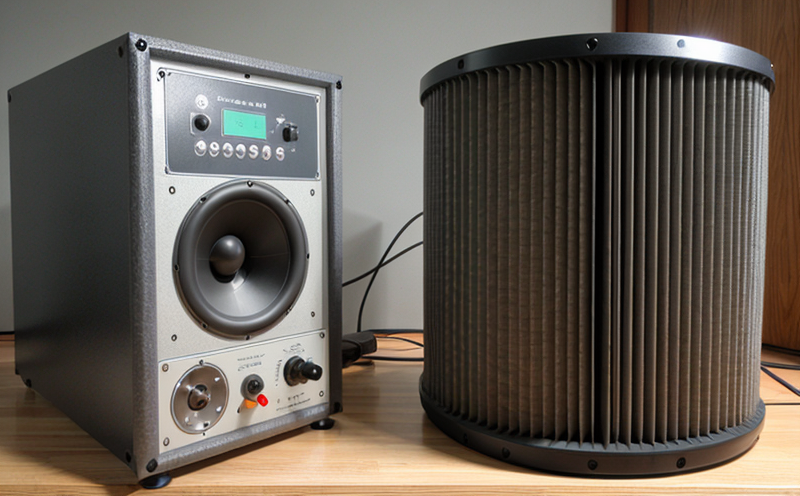ISO 11201 Noise Testing of Machines in Ship Environments
The ISO 11201 noise testing standard is a critical tool for ensuring that the machinery used on ships operates safely and efficiently. This standard provides a framework to measure, analyze, and control noise levels generated by machines within ship environments. The primary goal of this test is to ensure that all equipment complies with international standards, thereby enhancing safety and reducing the risk of occupational hazards.
Compliance with ISO 11201 ensures that the machinery installed on ships does not exceed permissible noise levels which can affect crew health significantly. The standard covers a wide range of equipment used in ship environments such as generators, pumps, and compressors. By adhering to these standards, manufacturers can ensure their products meet global regulatory requirements.
The test process involves several steps including initial setup, calibration of measurement instruments, positioning the machine under test (MUT), conducting measurements over specified time intervals, and analysis of results against predefined criteria. It is essential that all tests are conducted in a controlled environment to provide accurate readings.
The equipment used for this type of testing includes specialized noise meters capable of measuring sound pressure levels at various frequencies. These devices must be calibrated regularly to ensure accuracy. The MUT should also be prepared according to the specified conditions outlined in the standard before commencing tests.
Once the measurements have been taken, they need to be analyzed against predefined criteria set forth by ISO 11201. Any deviations from acceptable levels will require corrective actions such as adjustments to the equipment or changes in operational procedures.
Customer Impact and Satisfaction
- Better Safety for Crew: Compliance with ISO 11201 helps protect shipboard personnel from harmful noise levels that could lead to hearing loss or other health issues.
- Enhanced Reputation: Adherence to international standards enhances the reputation of both manufacturers and operators, making them more attractive partners for future projects.
Why It Matters
The importance of ISO 11201 noise testing cannot be overstated. Noise pollution is a significant concern in the maritime industry, where prolonged exposure to high sound levels can have serious health implications for crew members. By implementing this standard, we aim not only to protect human health but also contribute towards creating safer working environments.
From an operational perspective, reducing noise emissions helps improve overall performance by minimizing interference with communication systems and navigation aids. This is particularly important given the complex nature of modern ships which often rely heavily on electronic devices for their operations.
Environmental and Sustainability Contributions
- Emission Reduction: Lower noise levels contribute to reduced energy consumption, resulting in lower emissions from power generation units. This aligns with broader efforts to reduce the carbon footprint of maritime transport.
- Biodiversity Preservation: Quieter ships help minimize disruption to marine ecosystems, preserving biodiversity and supporting sustainable practices.





